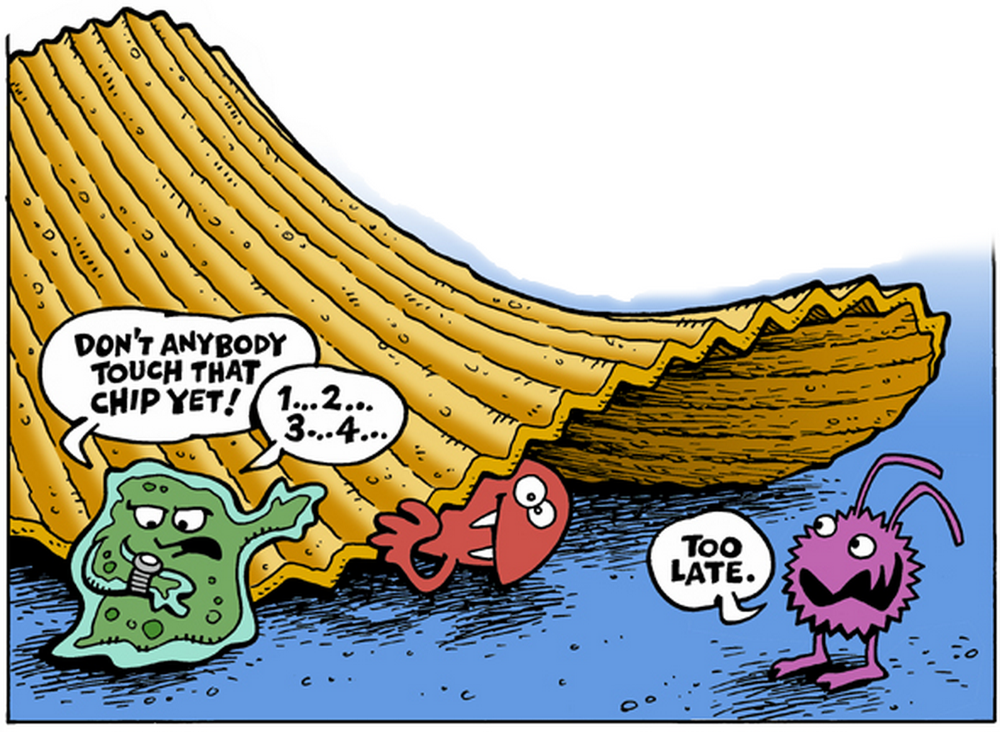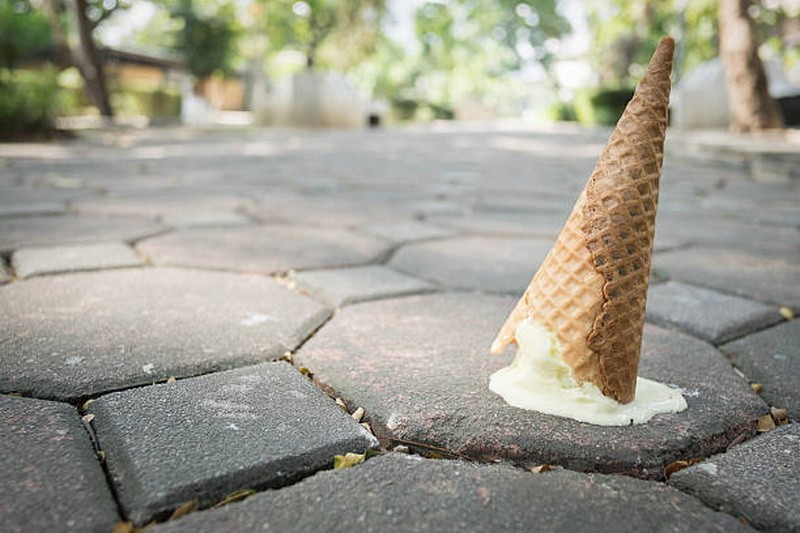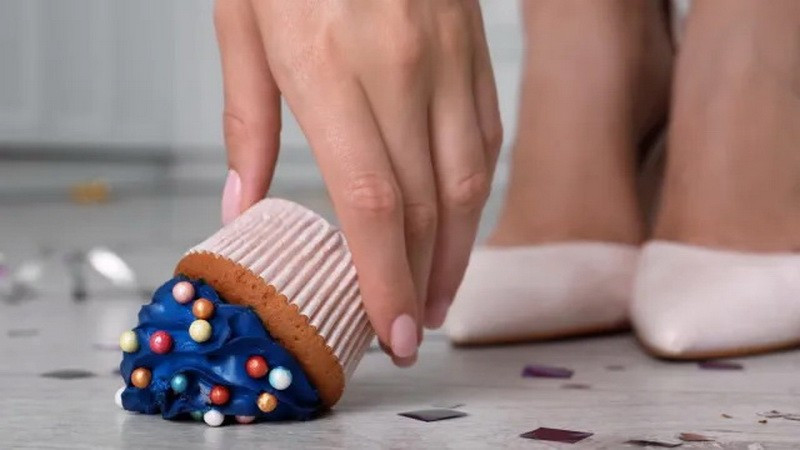Many people believe that food dropped on the ground, if picked up within 5 seconds, will not be contaminated and is still safe to eat. But what is the truth from a scientific perspective?

In many households, restaurant kitchens, and in settings where people prepare or consume food, you will occasionally hear someone mention the "5-second rule," which involves picking up dropped food within the first five seconds, which is the amount of time it is safe to eat it.
The 5-second rule is a topic of much debate and has even been the subject of scientific research. Some people genuinely believe in the 5-second rule, while others consider it nonsense with no scientific basis.
In their book “Did you just eat that?”, food scientists Paul Dawson and Brian Sheldon say the five-second rule may have originated during the time of Genghis Khan, a Mongol ruler in the 1400s.
Genghis Khan practiced the “Khan rule” at his banquets. He stipulated that if food fell on the floor, it could stay there until he ordered it to be picked up and eaten, whether it was 5 hours or more than a day, in the belief that food prepared for the Khan was special and could not spoil.

The fact is that people at that time had no understanding of microorganisms and their relationship to human disease, because they could not see bacteria, they thought that wiping away dirt would make food safe.
It wasn't until the 19th century that germ theory really took off—when researchers discovered that tiny, invisible microorganisms could cause a number of human diseases and infections.
Over the years, scientists have conducted many studies to test the validity of the 5-second rule.
In a 2006 study, scientists added the diarrhea-causing bacteria Salmonella to wood, tile, and carpet surfaces, then dropped bologna (minced beef sandwich filling) onto these surfaces and investigated whether the bacteria were transferred from all surfaces to food.
The results showed that the contamination occurred almost immediately. More than 99% of the bacteria were transferred directly from the wood and tile surfaces to the bologna within 5 seconds of contact. The amount of Salmonella transferred from the carpet to the bologna was slightly lower but still at levels that could cause food poisoning.
In 2016, a team of researchers from Rutgers University continued the five-second rule experiment to look at the level of bacterial contamination in several different foods, such as watermelon, bread, buttered bread, and marshmallows, after they fell to the ground.
They found that a lot of bacteria were transferred as soon as the food hit the ground, and the longer the food sat on a bacteria-covered surface, the more bacteria stuck to it.

The main culprit here is not time, but moisture. Wet foods (in this case, watermelon) were found to be more contaminated with bacteria than dry foods, like bread or marshmallows.
The transfer of bacteria to food also varied among different surfaces, with carpets transferring less bacteria to food than tile or stainless steel surfaces, because the carpets absorbed some of the bacterial solution that the scientists poured on them.
Scientists have come to the conclusion that no food can fall to the ground for 5 seconds without being contaminated by bacteria.
So if science has completely disproved the 5-second rule, does that mean that all food that has fallen on the floor and been picked up within 5 seconds is unsafe?
It really depends on the surface the food comes in contact with and what type of bacteria you might be exposed to.
In most cases, eating a cookie with a little dust and bacteria on it from the floor won't harm someone with a healthy immune system, says Paul Dawson.
However, we cannot know that on the surface that food comes into contact with, even if it looks clean, is it containing bacteria that cannot be seen with the naked eye?
Dawson notes that applying the five-second rule is similar to driving without a seat belt; you may not get hurt, but you're always exposed to unforeseen potential danger.
TB (according to Vietnam+)